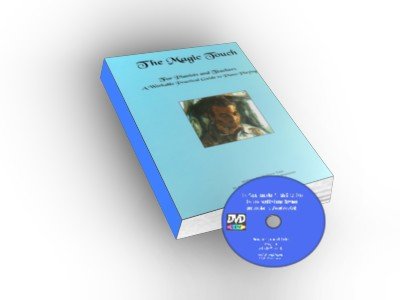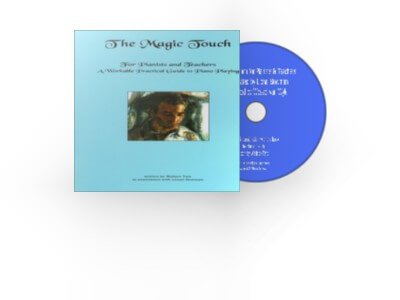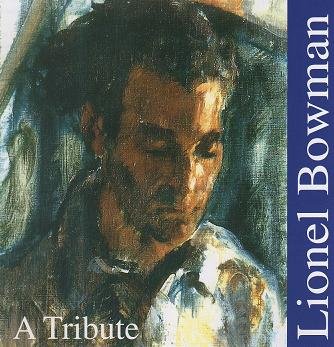
Between 1978 and 1985 Lionel Bowman paid a number of extended visits to Australia, to give concerts, master classes and individual lessons to a large and enthusiastic following of piano teachers and students at colleges, universities and conservatoria. Participants in these courses were impressed by the extraordinary beauty and technical superiority of his performance, by his inspirational power, and by his unique skill in imparting the secret of these qualities to others. In response to frequent requests for published information and instruction and the obvious need for a more permanent record of it, Professor Bowman and I discussed a plan for me to compile the essential material of his teaching as it now appears in this book.
The contents have been gleaned from vast quantities of notes and audio and video tapes taken from his lecture demonstrations, master classes, workshops, and numerous consultations with him.
Although the manual is not addressed to beginners, teachers will find the relevant procedures invaluable in the instruction of pupils at all levels. Many points of technical and musical interest may be extracted from the book. Nevertheless, the content should be considered as a whole, and studied and practiced accordingly. Although it may have some special applications for pianists who have particular problems now, it will help others to avoid developing such problems later in their playing lives. In addition to this therapeutic effect for all pianists, the miracle is that the Bowman approach also produces a more beautiful sound than that which can be produced by more physically demanding techniques.
Although the book is not focused on the development of virtuosity, it will be found, that through the use of correct muscular procedures, the playing of al passages becomes workable and comparatively effortless. Thus, the student is able to play more comfortably and musically.
No sound, or series of sounds, is ever played without conscious effort while learning. Every sound is controlled with musical intention in slow motion. The way of teaching is essentially one of conscious musical activity through muscular control. Thus, relaxation in this method equals control – not as the word implies, flop.
Over a period of some ten years, I have taught these techniques to teachers, individually and in groups. Gratifying successes resulting from the application of these musical and technical practices have been reported:
(a) by teachers who found the approach creative, rewarding and satisfying, even when working with pupils previously discouraged by seemingly insurmountable technical hurdles;
(b) by pupils at all levels who found to their delight that they could produce sounds of the quality of professional pianists and play with ease and ever-increasing technical capability, musical awareness, and depth of meaning, and who found themselves looking forward eagerly to lessons as a continual source of encouragement, discovery and fascination;
(c ) by parents appreciative of sudden and dramatic development in the quality of their children’s playing and in their attitude to lessons and practice.
I shall be forever grateful to Lionel Bowman for his kindness, patience and generosity in showing me these technical and musical procedures which have given me access to a new world of pianistic joy and inspiration. I am thankful that through other dedicated teachers I have been instrumental in sharing this experience in turn with their pupils. If my endeavours through this book are successful in assisting some of that vast army of perpetually striving pianists, I shall be well rewarded by the realisation that a great debt has been paid.
Many pianists suffer pain and injury resulting from unsound practice habits; this is indeed regrettable. Any sign of strain should be heeded as a timely warning and remedial action taken
without delay. The following is pertinent.
As a young student, Lionel Bowman practiced with considerable discomfort, as he persevered to overcome the problems imposed by a narrow hand span. Nevertheless, he continued to practice and build a formidable concert career. Eventually the pain became unendurable. The years of physical abuse had taken their toll, causing irreparable damage to ligaments, tendons and muscles.
After this crisis he evolved a series of exercises in muscular coordination founded on the elementary principles of anatomy. He based his teaching on these ideals, and this enabled him to slowly adopt the new ways himself. As a result of these natural and correct procedures, Lionel Bowman felt completely comfortable physically and playing became easier, the tone quality improved immeasurably, and he and his students became fearless, instead of fearful of performance.
Furthermore, he became aware that what we call relaxation in playing should be described as control. This fact will become clear to students as they understand what follows in this book. In very general terms, we are trying to help the average to talented pianist through a set of simplified muscular exercises, to find the way to artistic fulfilment.






